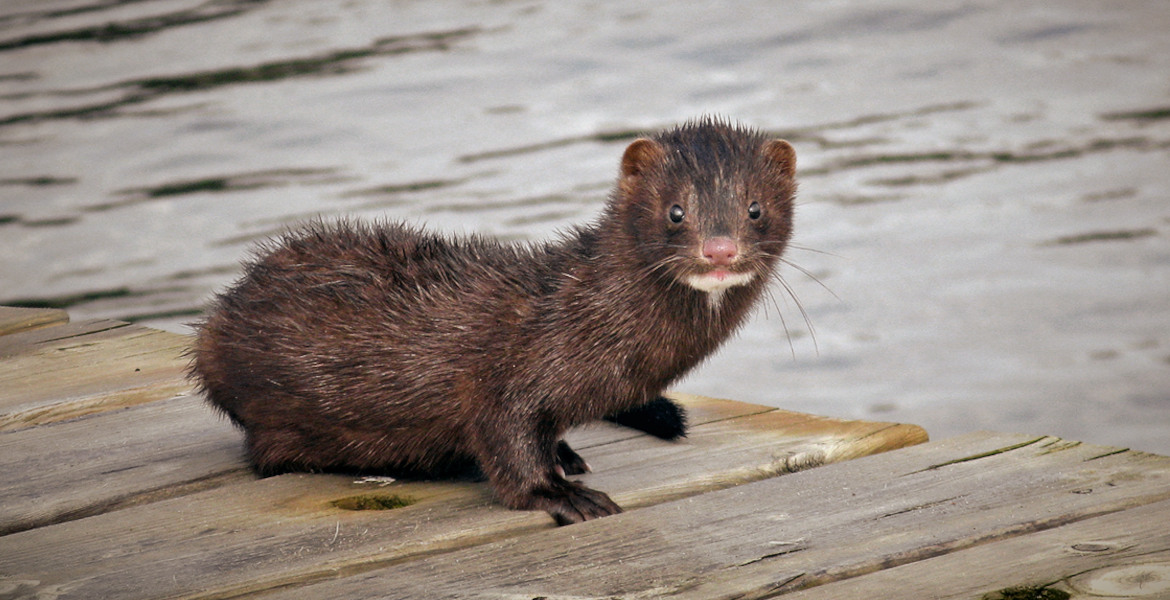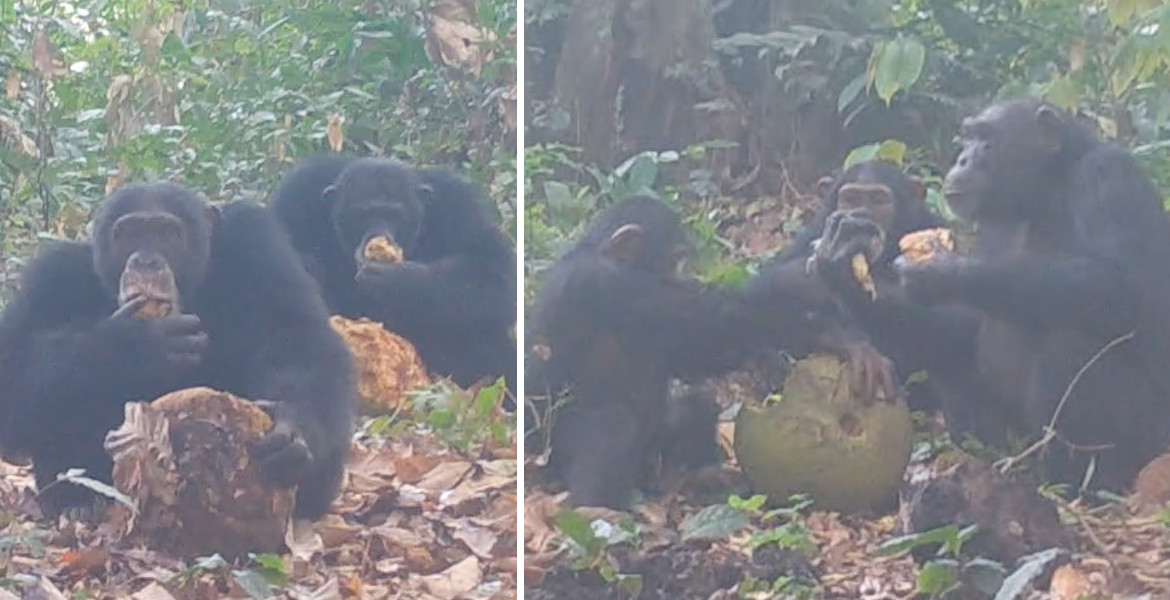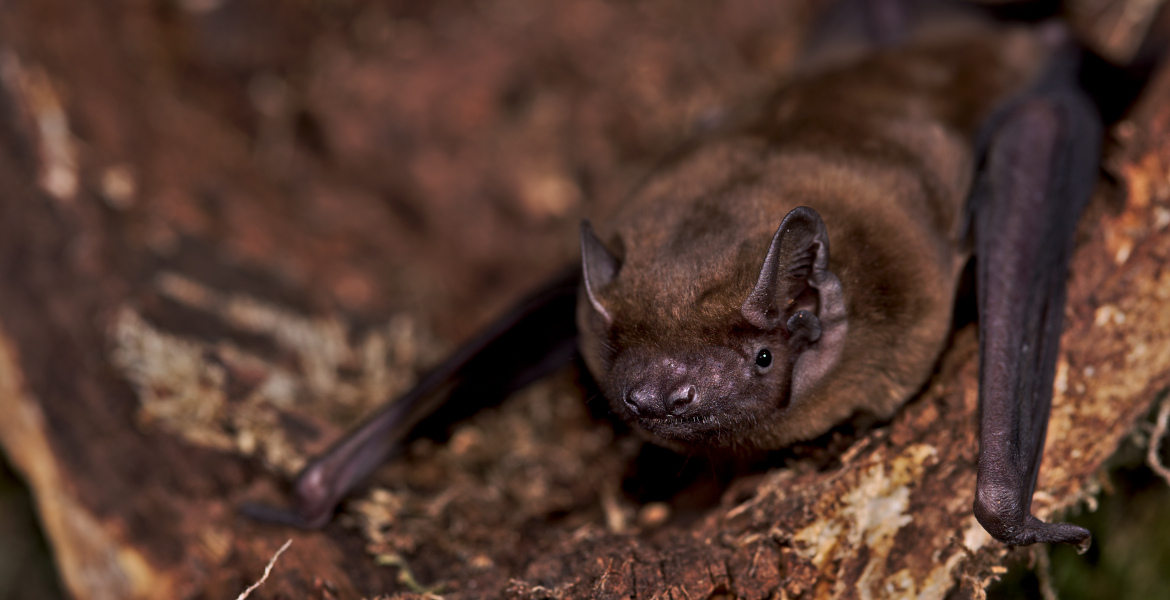Researchers from Norway, among others, have discovered nanoplastics in the snow in the Alps. The particles were found at over 3,100 meters altitude.
Previous studies have detected microplastics in remote locations, including mountainous areas. Therefore, researchers from the University of Leipzig in Germany, the University of Utrecht in the Netherlands and NILU in Norway also investigated the presence of nanoplastics – plastic particles smaller than 1 micrometer (μm) – in high-altitude glaciers.
In the study, published in Scientific Reports, the researchers hired experienced mountaineers to collect snow samples in the Alps. The samples were taken from 14 sites in the French, Italian and Swiss parts of the mountain range, 13 of which were above 3100 meters above sea level.
According to the study, nanoplastics were found at five of the sites examined. Levels ranged from 2 to 80 ng/mL of snow. The most common plastic particles came from car tire wear, but polystyrene and polyethylene were also found.
– Our findings merely show that plastic pollution on a micro- and nano scale may be more widespread than earlier assumed. Due to their minuscule size, these particles have large potential to be transported through the atmosphere over long distances, contributing to global pollution, said NILU researcher Nikolaos Evangeliou in a press release.








